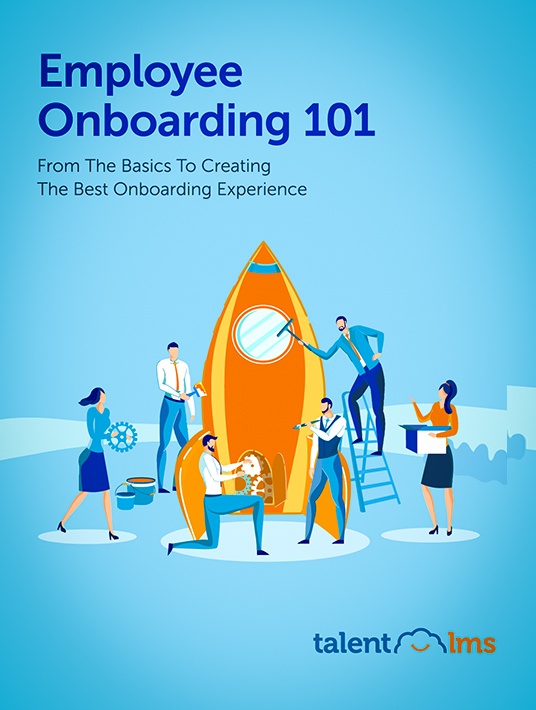The Challenges That Await Further Down The Line
There comes a time when you need to determine if your onboarding process was successful. You've deployed your onboarding program and the feedback you've received from the new hires was very good—or, at least, satisfactory. But is that all?

Onboarding tactics are most helpful in the long run if they are actually revisited. Incorporating a feedback process is a good step. But a few months after the onboarding process has ended, a successful onboarding program’s results should be visible. So, what are the signs that show your program actually worked?
New Hires Know Their Role Fully
The first sign that you’re on the right track is that your newly-hired members know their role in detail. They are aware of where they fit, both in the general outline of the company and specifically in the team they work.
If the new hires seem to be easing into their roles a few months after the onboarding process has ended, it’s a surefire sign that the onboarding has gone well—at least where job clarity is concerned. On the contrary, if the employee seems to be frustrated about their role or is not assimilating well enough, there might be a problem you need to revisit in your onboarding process.
The New Hire Knows The Basic Mechanics Of The Company
The new team member knows their role. But what do they know about the rest of the company?
If the fresh team members don’t know who to turn to for help, then you might want to revisit your onboarding content. Orientation is one of the basic steps that needs to be covered; and an employee who doesn’t know who’s responsible for what is a sure sign that the onboarding process was not successful.
Employees Are Familiar With The Company Culture
Company culture is a complex matter. Of course, culture needs to be experienced first-hand. But onboarding can lend a hand in that. If your newly-added members don’t seem to quite get along with the rest of the company or if they don’t seem to fully comprehend the company culture, you can help the future new hires by adjusting your onboarding tactics. Reinforce your onboarding content with more information on the company culture, and you might just smooth things over for future employees.
Knowledge Retention Is High
On a more technical note, your onboarding probably includes some more practical information about an employee’s role. So, check whether the new hires remember the information a few months after the onboarding process has been completed.
Knowledge retention is a very important indicator. It can reveal a lot about how your onboarding process was structured, how good the quality of your content was, and what kind of retraining your employees might need in the future. It would be a good idea to check (you can use quizzes and surveys to get a better picture of what information your new hires have retained), revisit your content, and readjust your onboarding structure according to your needs.
Employee Retention Is High Among New Hires
The one thing every company needs to avoid is good talent walking out the door. In fact, most companies go to great lengths to make sure this doesn’t happen. You already know that one of the things that can help you reduce turnover is onboarding. So, it should come as no surprise that high employee retention is a good indicator of a successful onboarding process.
If employees are walking away from your company in their first year, you most definitely have to look to your onboarding for improvements. But if retention rates are high, that’s a tick on your list that you’re reaping the benefits of a well-structured, successful onboarding program.
A Successful Onboarding Process Is An Ongoing Process
Onboarding doesn’t stop at deployment, and it doesn’t stop at the feedback point either. Months after the onboarding training is over, look for the clues that show your onboarding training has been successful. This way, you’ll be able to remedy any mistakes and create an even better onboarding program for your next new hire. For more tips, download the eBook Employee Onboarding 101: From The Basics To Creating The Best Onboarding Experience.


